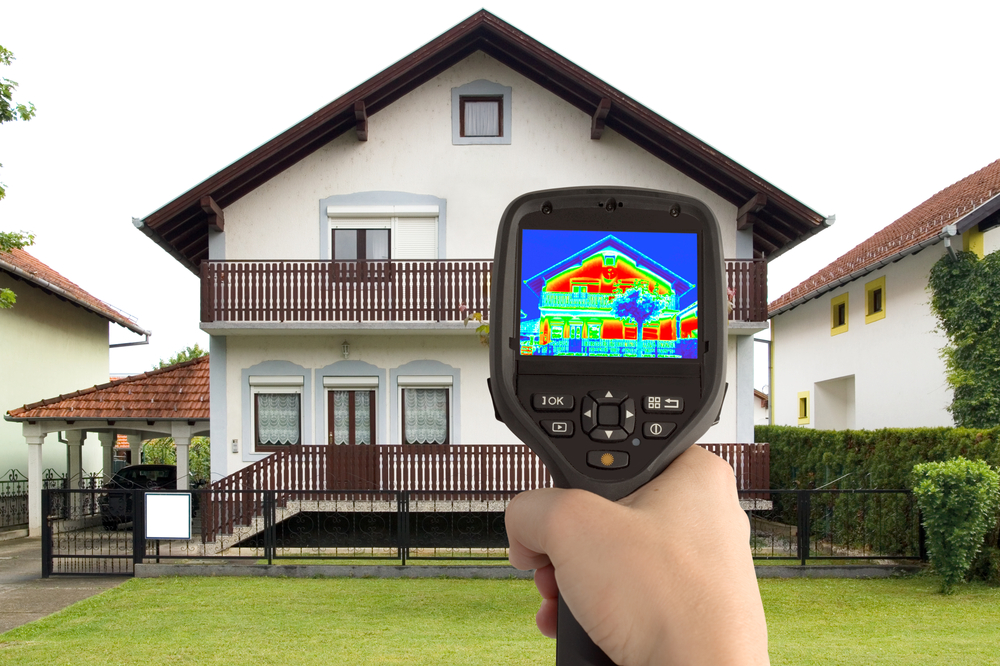
Most of old or historic houses were built in environmental friendly way. Older houses normally have thick walls, vents and operable windows. People used local materials to build them. If you live in a historic house you probably spend a lot of energy and money heating up the space. High ceilings and large spaces can get extremely cold in winter. If you wish to upgrade your house keep in mind that your decisions may also affect the look and the maintenance of the house. That is why you need to be smart about your choices in order to preserve the unique character of the house. Below you will find some useful tips how to preserve your house and increase the energy efficiency.
Use it to your Advantage

Energy efficiency of historic houses – Shutterstock
100 years ago homeowners couldn’t rely on a fully automated heating system, simply because there was no such option. Nonetheless, older houses have their own features that can help you in heating or cooling the space. For example, if you shut the curtains during the hot day on a sunny side of the house, you will reduce the temperature indoors. Additionally you can open the lower windows on the darker side of the house to let the cool air inside. Wide roof over hangs and trees around the house will create enough shade. There is no need to install an air conditioner and spend a lot of money to chill the air in the summers.
Houses in a colder climate zone normally have roofs with longer slopes to protect them from strong winds. Chimneys in old houses tend to go through the center to allow the heat spread evenly around the house. Thick walls can keep the stable temperature inside. The walls absorb all the sun rays during the day and transfer the heat slowly inside in the evening.
Room for Improvement
Inspect your house for any air leaks. A professional energy auditor will help you eliminate the leaks and create a plan to improve the energy efficiency of your home. The auditor would need to have a look at your utility bills for the past year. The professional would perform several blower door tests to identify the leaks and help you in eliminating them. Don’t forget to trace the legal history of your house to find out more about the previous owners and registered renovations. This information may be insightful for your auditor.
A small gap under your front door can waste a lot of energy. You can reduce your power consumption by sealing up all the cracks and gaps in your house. Don’t forget to shut your curtains at night during the winter for better insulation. Air infiltration can increase the energy cost by allowing the warm or cool air outside. You can try sealing all the holes on your own or ask for professional assistance. Professionals from Environmental Data Resources can offer you a wide range of environmental services for your house.
Clearly there is no one-size-fits-all solution for all the historic houses. You need to apply a specific approach to make your house greener and more energy efficient. Your climate zone and the age of the house are crucial factors that can affect the efficiency. A whole house approach will help you in determining and eliminating its weaknesses.














